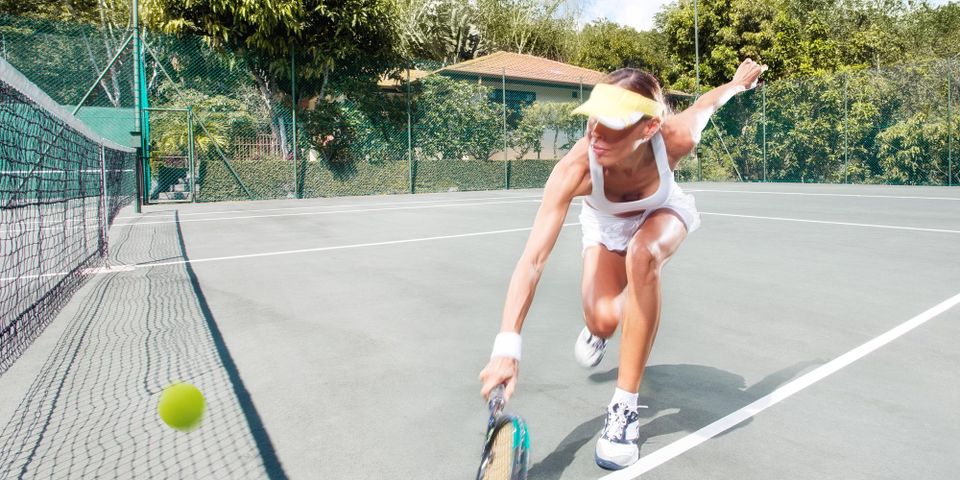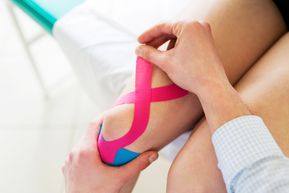3 Reasons Women Are More Prone to ACL Injuries

The anterior cruciate ligament, or ACL, plays a critical role in stabilizing the knee joint. It can be injured during sports requiring abrupt stops and directional changes, such as soccer, basketball, volleyball and tennis. In the athlete population, ACL injuries often result in surgical intervention followed by extensive and prolonged physical therapy. While ACL injuries can happen to anyone, female athletes appear more prone to experiencing them than do male athletes.
There are several theories as to why this is so. We will identify several of these factors. We will also point out what physical therapists are now doing to assist female athletes in strengthening and retraining techniques in order to reduce the likelihood of an ACL injury.
Why Are ACL Injuries More Common In Female Athletes?
1. Hormonal Differences
One theory as to why female athletes experience more ACL injuries deals with general ligament laxity. Female hormones and their impact on a woman’s ligaments are suspected to increase the risk of ACL injuries. The ovulation cycle regulates estrogen, progesterone, and relaxin. Research indicates the cyclical changes in these hormones puts women at a higher risk of injury during ovulation, as well as directly before and after.
2. Anatomic Differences
 In addition, the ACL runs through a small groove in the thighbone. Called the intercondylar notch, this groove is generally thinner in women than in men, and thus, the ACL is smaller.
In addition, the ACL runs through a small groove in the thighbone. Called the intercondylar notch, this groove is generally thinner in women than in men, and thus, the ACL is smaller.
Many experts believe that a smaller notch corresponds to increased ACL rupture rates. Injury rehabilitation, however, can be used to restore strength and range of motion in the knee, allowing female athletes to get back on the field or the court.
3. Technique Differences
Female running, jumping and landing techniques tend to vary from men’s, which could further increase their risk of injury. Studies have shown that females have less recruitment, or force production, in certain muscles groups that can lead to altered mechanics and subsequently, injury. EMG (electromyograph) studies have shown that females tend to overutilize the quadriceps muscle and underutilize the hamstrings when jumping and landing. This is thought to be one of the reasons for more injuries.
Another factor may be that women tend to land flat-footed and upright instead of landing on the balls of the feet and allowing their hips and knees to bend as they land.
Running upright instead of with a slight forward lean could also increase pressure on the knees and could increase the risk of injury.
WHAT CAN BE DONE?
Reducing the risk of an ACL injury can be addressed by strengthening certain muscles, such as the hamstrings, calif, hip (gluteal) extensors and external rotators.
Retraining the female athlete to improve jumping, landing and pivoting techniques and overall better mechanics will also help to reduce the risk of injury.
Physical therapist, Dustin Cross, recently screened approximately 90 female volleyball players. Of these, he identified 35 as having issues that might make them more susceptible to ACL injury. He was able to give them exercise instructions and mechanics training advise that could help them avoid this type of injury.
Whether you’ve hurt your ACL or sustained another type of sports injury, Physical Therapy Unlimited can help. Specializing in injury rehabilitation, this Canyon Lake, TX, facility has been serving the community since 1984. Their team leverages industry-leading techniques and procedures to help patients recover or combat chronic pain. See their full list of services online or call (830) 907-2145 to schedule an appointment.
About the Business
Have a question? Ask the experts!
Send your question

